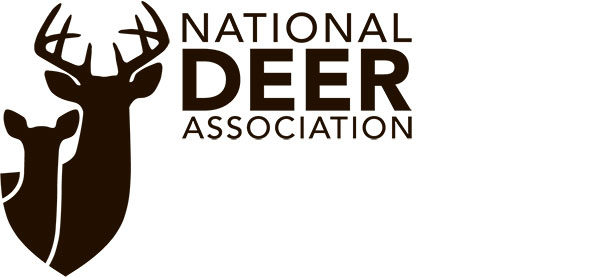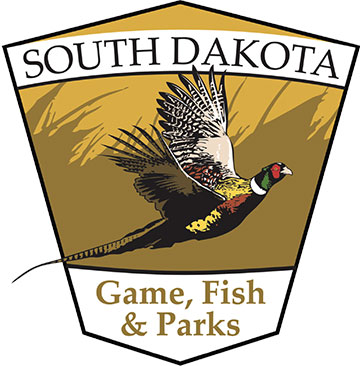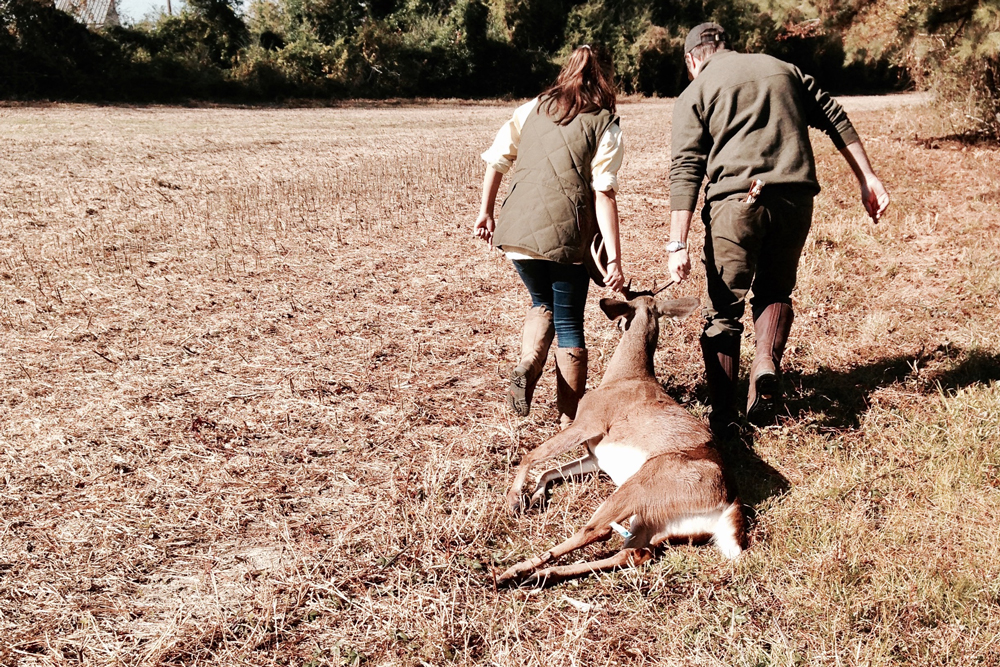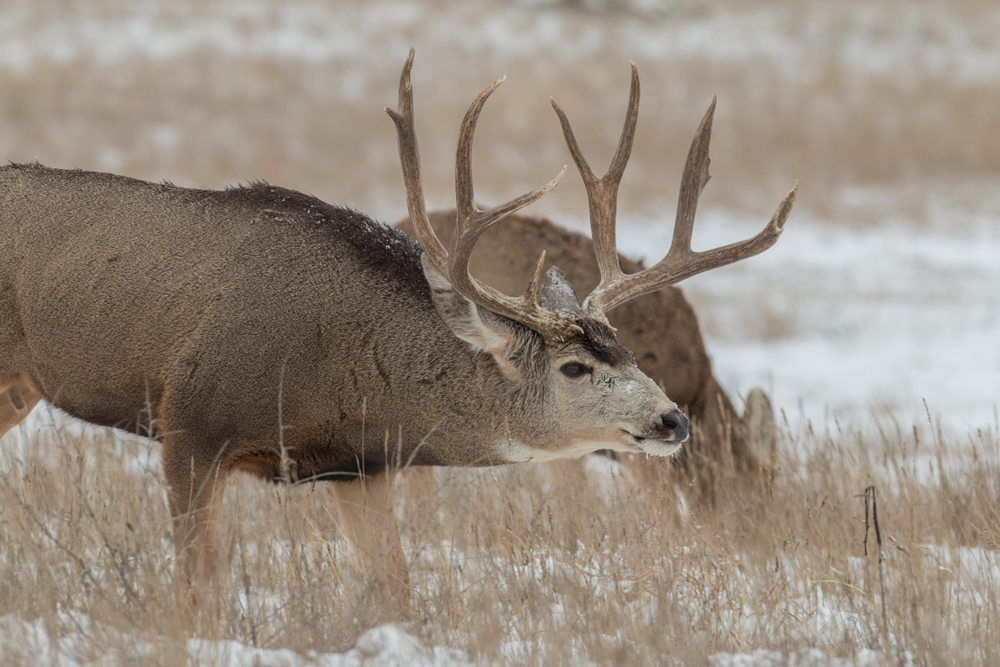Why In-Season Scouting? Though we don’t like to, it’s a far better option to spend a day scouting than continuing to hunt unproductive spots.
Last season I wrapped up a three-day Georgia public-land deer hunt in mid-October only seeing a few does and two small yearling bucks. Despite all the time and effort spent post-season and pre-season scouting, my go-to spots just weren’t producing the desired results. I was at the proverbial fork in the road. I could take the path I often had in past seasons and keep hunting the same stand sites over and over, hoping that eventually something would show up, or I could take a brief break from sitting in a stand and spend some time boots-on-the-ground scouting to relocate the deer that were evading me. I chose the latter.
I knew there was still a great buck or two using the long ridge of bedding cover where I had killed a mature buck on opening day of Georgia’s archery deer season. My trail-cameras had confirmed that. But those deer had shifted their patterns, likely due to my own hunting pressure. I needed to relocate them before I ran out of days to hunt this particular tract of public land. A long day of scouting finally led me to an area further down the ridge with fresh rut sign in the form of several rubs and scrapes, along with a dropping white oak tree. Even better was the fact that both occurred in somewhat of a travel funnel where a steep bank along the creek bottom pinched into the ridge directing deer along the high side of the bank. My hope was that a west wind would result in bucks cruising the east side of the bedding ridge just above the creek bottom and through that pinch point.
Halloween morning found me high in a white oak tree along that pinch point hoping a nice buck would follow the script and cruise by me at 20 yards. At around 9:30 a.m., a decent 8-pointer did cruise by, but it wasn’t exactly by the script. Instead of working along the edge of the bedding cover like I had anticipated, he actually came across the creek from the opposite side and up on the next ridge finger over from me — 70 to 80 yards out — heading up the side of the main ridge right into thick cover. After throwing a few light grunts his way, which he completely ignored, I finally gave three loud Hail-Mary grunts just before he disappeared into the brush. He immediately stopped in his tracks, spun around and started walking my direction. As if I was pulling him in on a string, he headed straight for my tree. With every step he took, I could feel my heart pounding a little harder and a little faster. When he got to 15 yards, he turned just enough to present me with a shot. My arrow hit the mark, and my in-season scouting paid off big by allowing me to tag out on bucks for the first time since moving to Georgia.
Why In-Season Scouting?
Most hunters, like myself, are limited on the number of days they get to spend in the woods chasing deer each fall. The last thing we want to do is give up one or more of those days walking around the woods scouting, but it’s a far better option than continuing to hunt unproductive spots. By getting out and burning boot leather, you have the opportunity to find what some hunters refer to as the MRS, or most recent sign. Fresh sign is a great indicator of what areas the deer are using now, and that’s exactly where you want to hunt them! It seems obvious, I know, but I have been guilty countless times of just hunting spots because they look good and hoping to see deer rather than hunting fresh sign and expecting to see them. Don’t make that same mistake.
What to Look For While In-Season Scouting?
What to look for while you scout in-season really depends on the time of year, and what part of the country you hunt. Early season, I am going to focus on food sources. For some, that may be soft mast like persimmons and muscadine grapes, and for others it may be ag fields like soybeans or alfalfa. Regardless of the food source, though, you want to find specific areas where deer are currently feeding. Don’t just hunt a white oak tree because it’s dropping acorns. Look for signs that deer are actively feeding under that tree. You should see tracks or turned up leaves, acorn caps and busted acorn shells, and fresh droppings. For ag fields, tracks should be even easier to pick out, as well as areas where plants are being browsed by deer.
As the rut approaches, my focus will change from fresh feed sign to fresh rut sign. Get out and walk the woods close to good bedding cover looking for fresh scrapes and rubs indicating a buck or bucks are actively using the area. The key here is the sign must be fresh, and there must be enough of it to indicate the buck is using the area routinely. Unlike hot food sources, though, you don’t necessarily want to set up right on fresh rut sign. Instead, use the sign to determine travel patterns between bedding areas, then look for some type of terrain or habitat funnel along that travel route to tip the odds of getting a buck in range for a shot opportunity.
Once the rut winds down, it’s again time to focus on the food. Bucks will be feeding heavily to refuel from the rigors of the rut, so a strategy very similar to the early season works great this time of year. The main difference will be in the food sources themselves. During the late season, I’ll focus my efforts on any green browse that’s still available. Where I am, that may be things like greenbrier and Japanese honeysuckle. Red oak acorns are typically still available this time of year and can provide a great place to ambush a late-season deer. And if you’re fortunate enough to hunt near agriculture, then fields that still have remnant grain can be just the ticket. Just like you did in the early season, look for fresh abundant sign around these food sources indicating deer are actively feeding in that location.
Final Thoughts
Keep in mind the more sign you can find in any given area, the better. A common mistake I’ve made in the past (and still make on occasion!) is to stop at the first sign you come across rather than looking for the best sign. Look for that spot that screams, “hunt here!” A spot that gets you excited about climbing in a nearby tree. You can always come back to an area with less sign if you don’t find that kind of spot, but if you stop at the first sign you find, you’ll never know if you missed out on a better location.
One final consideration when in-season scouting is the importance of hunting fresh sign as quickly as possible. In fact, I would recommend having your stand and gear with you while scouting, and when you locate fresh sign, climb in the tree and hunt it right then. Whitetail food sources can change quickly, and rut sign is fleeting as well. You have to strike while the iron is hot, and that means being prepared to hunt when you find fresh sign that gets you excited.
If you’re not getting the results you want at this point in the deer season, it’s time to change things up. Don’t continue to “hang and hope” for a deer to show up. Get out there, engage in some in-season scouting, find that most recent sign and “hang and expect.” Expect to see deer, and expect to kill a deer.
-Brian Grossman
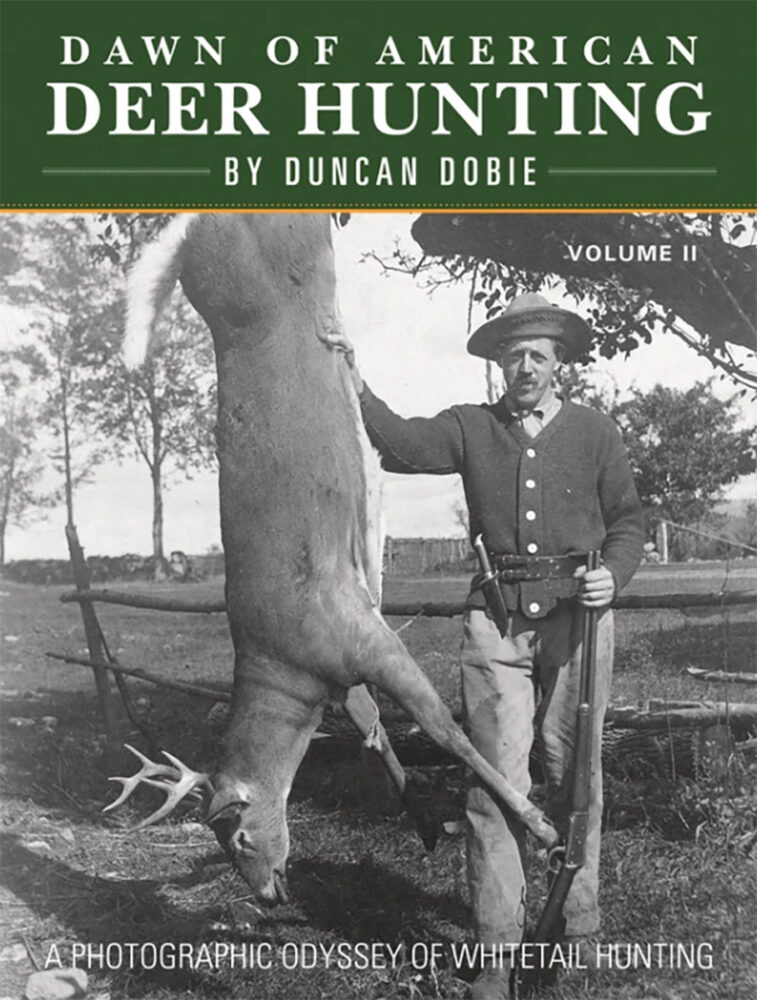 There’s something special about the deer hunters of yesteryear. Seeing rare images of snowy campsites, straining meat poles, classic rifles and the happy faces of the men and women who plied their trade so long ago connects us to those treasured times like nothing else in the world can do. With the enormous popularity of the original Dawn of American Deer Hunting published in December 2015, author Duncan Dobie and Sporting Classics now bring you Volume II, chock full of amazing stories and facts, a breathtaking color section filled with eye-catching whitetail art and nearly 400 stunning black-and-white photos. In Volume II, you’ll join iconic hunting heroes like Theodore Roosevelt, Fred Bear and Larry Benoit, and you’ll savor the handiwork of men like firearms genius John Browning who contributed so much to our hunting heritage through his amazing inventions. Buy Now
There’s something special about the deer hunters of yesteryear. Seeing rare images of snowy campsites, straining meat poles, classic rifles and the happy faces of the men and women who plied their trade so long ago connects us to those treasured times like nothing else in the world can do. With the enormous popularity of the original Dawn of American Deer Hunting published in December 2015, author Duncan Dobie and Sporting Classics now bring you Volume II, chock full of amazing stories and facts, a breathtaking color section filled with eye-catching whitetail art and nearly 400 stunning black-and-white photos. In Volume II, you’ll join iconic hunting heroes like Theodore Roosevelt, Fred Bear and Larry Benoit, and you’ll savor the handiwork of men like firearms genius John Browning who contributed so much to our hunting heritage through his amazing inventions. Buy Now
